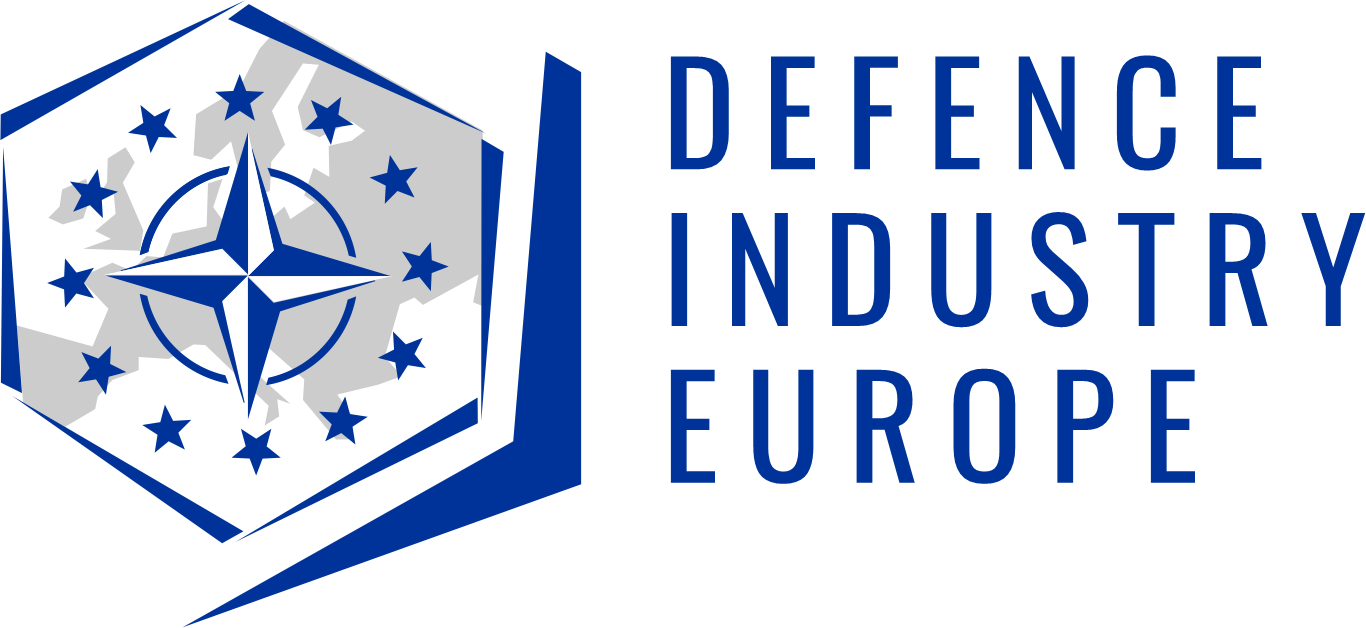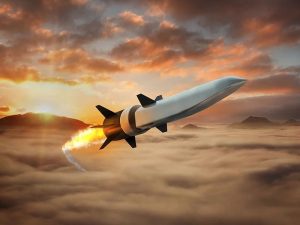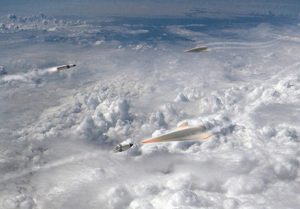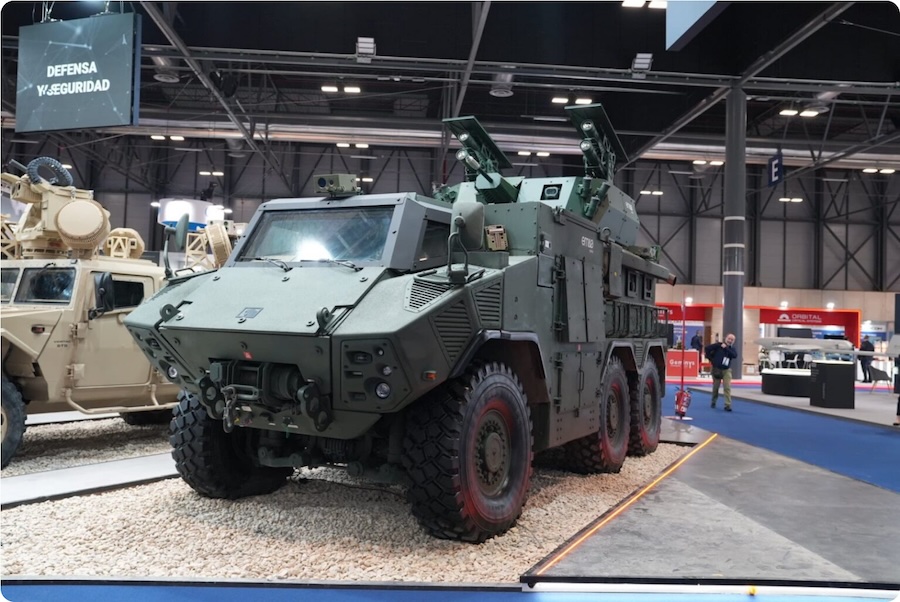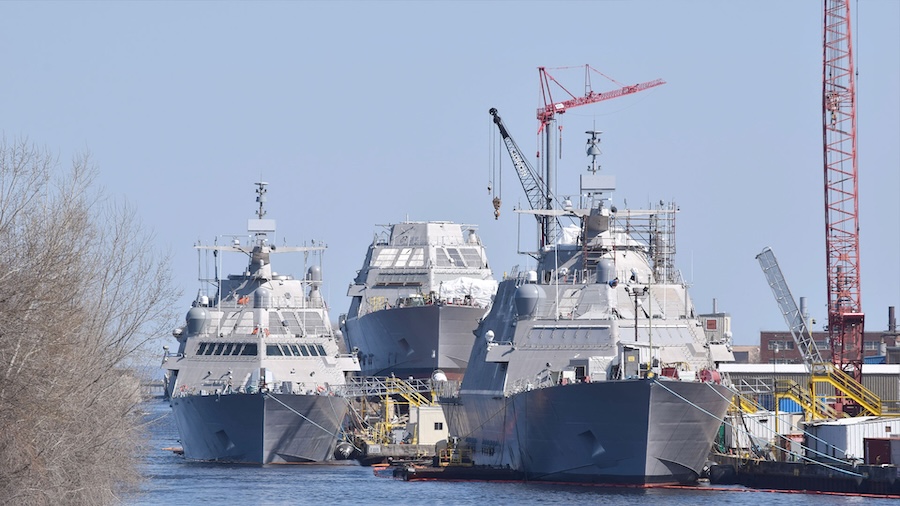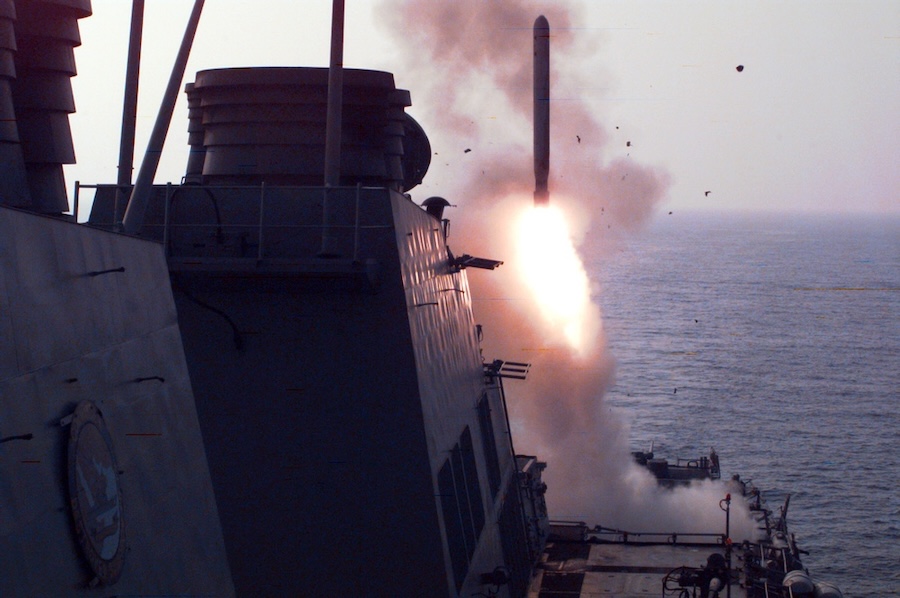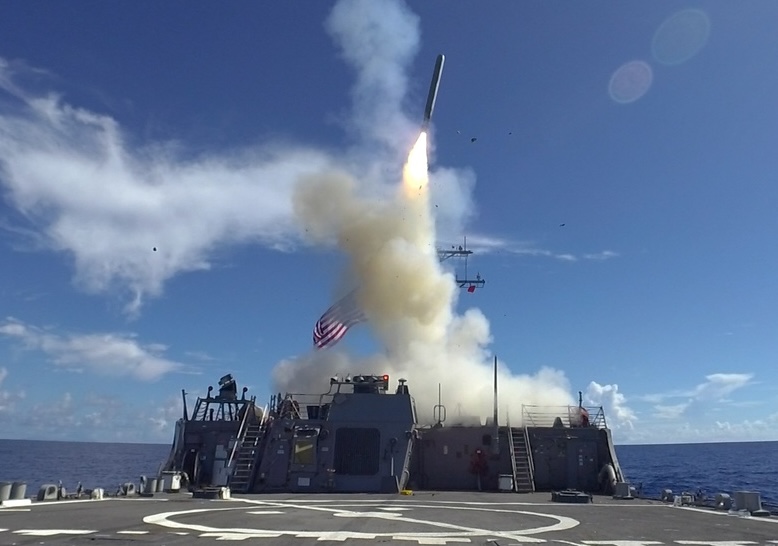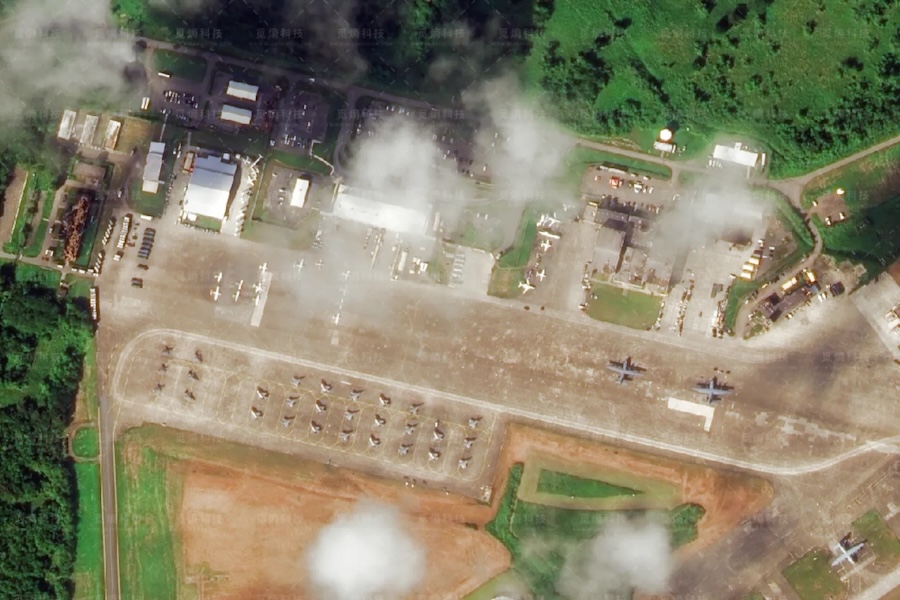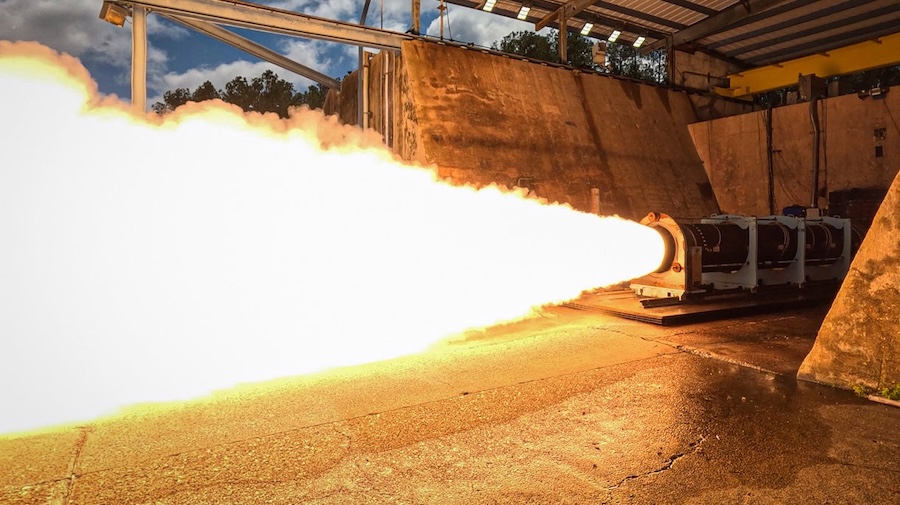Designed for precision and cost-effective testing, the wind tunnel highlights Notre Dame’s commitment to cutting-edge aerospace innovation. Beyond research, it aims to address critical workforce needs and foster technological progress, offering benefits to Indiana and the broader United States.
“Our new Large Mach 10 Quiet Wind Tunnel embodies Notre Dame’s commitment to boundary-breaking research in aerospace engineering and fluid dynamics,” said Jeffrey F. Rhoads, vice president for research. “We are proud to serve the nation by advancing our hypersonic capabilities and enabling tomorrow’s hypersonic workforce through this one-of-a-kind facility.”
The ribbon-cutting ceremony, held over the Veterans Day weekend, featured notable speakers including Ambassador Joe Donnelly, Admiral Christopher Grady, Congressman Pat Fallon, Chairman Mike Rogers, and Dean Patricia Culligan. Ambassador Donnelly praised the facility, calling it “a testament to ‘God. Country. Notre Dame.'”
Admiral Grady underscored its dual impact on defence and commercial industries. “This facility will allow researchers to conduct experiments that could lead to the development of faster and more effective systems, thus improving our military’s conventional capabilities,” he stated. “By pushing the boundaries of hypersonic research, we can envision a future where air travel is faster, safer, and more efficient.”
The new wind tunnel builds on Notre Dame’s legacy of aerospace innovation, dating back to Albert Francis Zahm’s pioneering work in 1882. It joins other notable campus facilities such as the Hessert Laboratory for Aerospace Research and the Institute for Flow Physics and Control (FlowPAC).
Designed by Professor Thomas Corke and a team of researchers, the tunnel’s creation was a collaborative effort involving local manufacturers and Notre Dame’s doctoral students. The team overcame pandemic-related challenges to deliver a facility that addresses critical backlogs in Department of Defense testing.
“Innovation in hypersonics is a critical priority for ensuring the safety and prosperity of our nation in the 21st century,” said Corke. He emphasised the importance of building a skilled workforce in aerospace engineering and related fields to meet the demands of hypersonic systems.
Source: University of Notre Dame.


